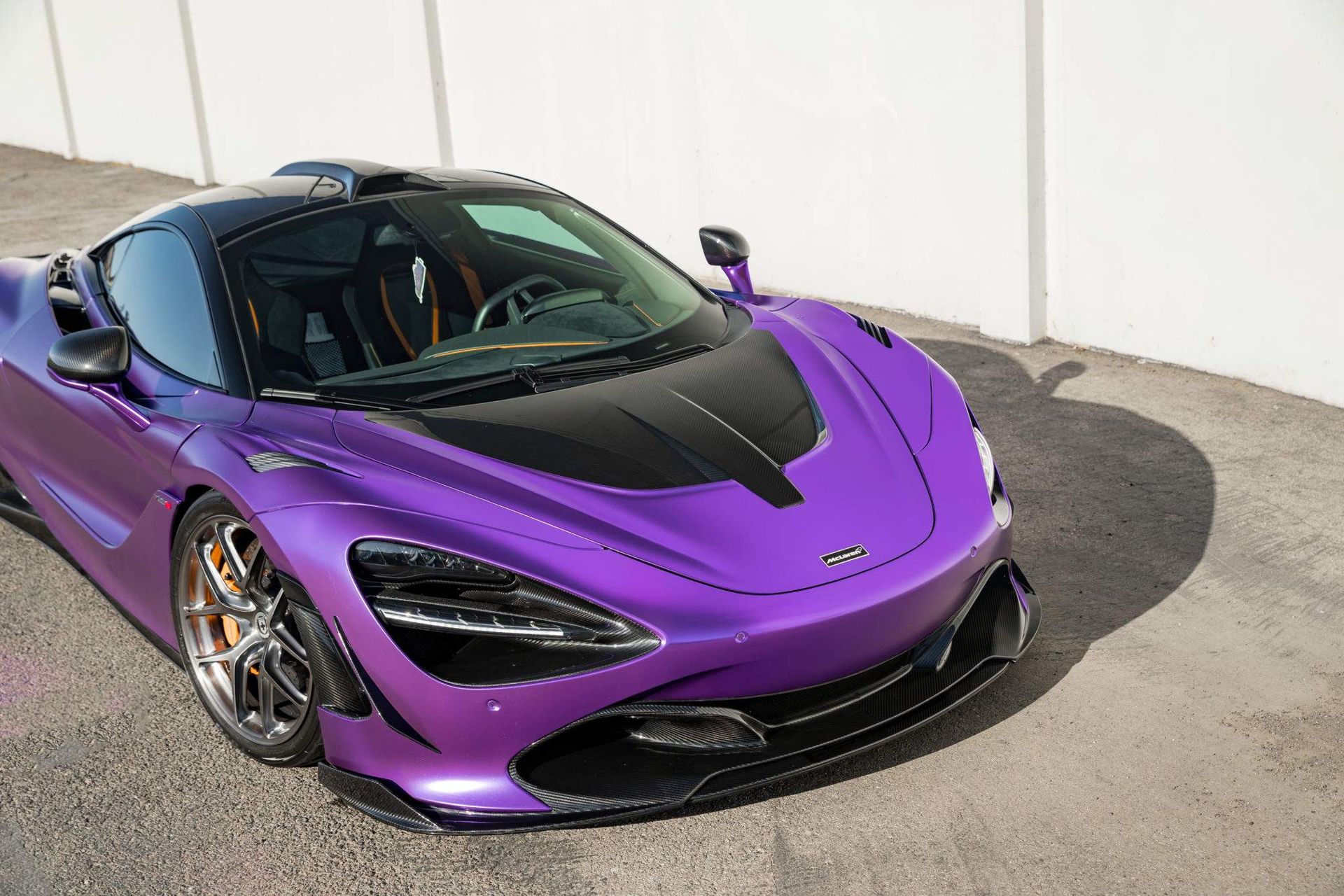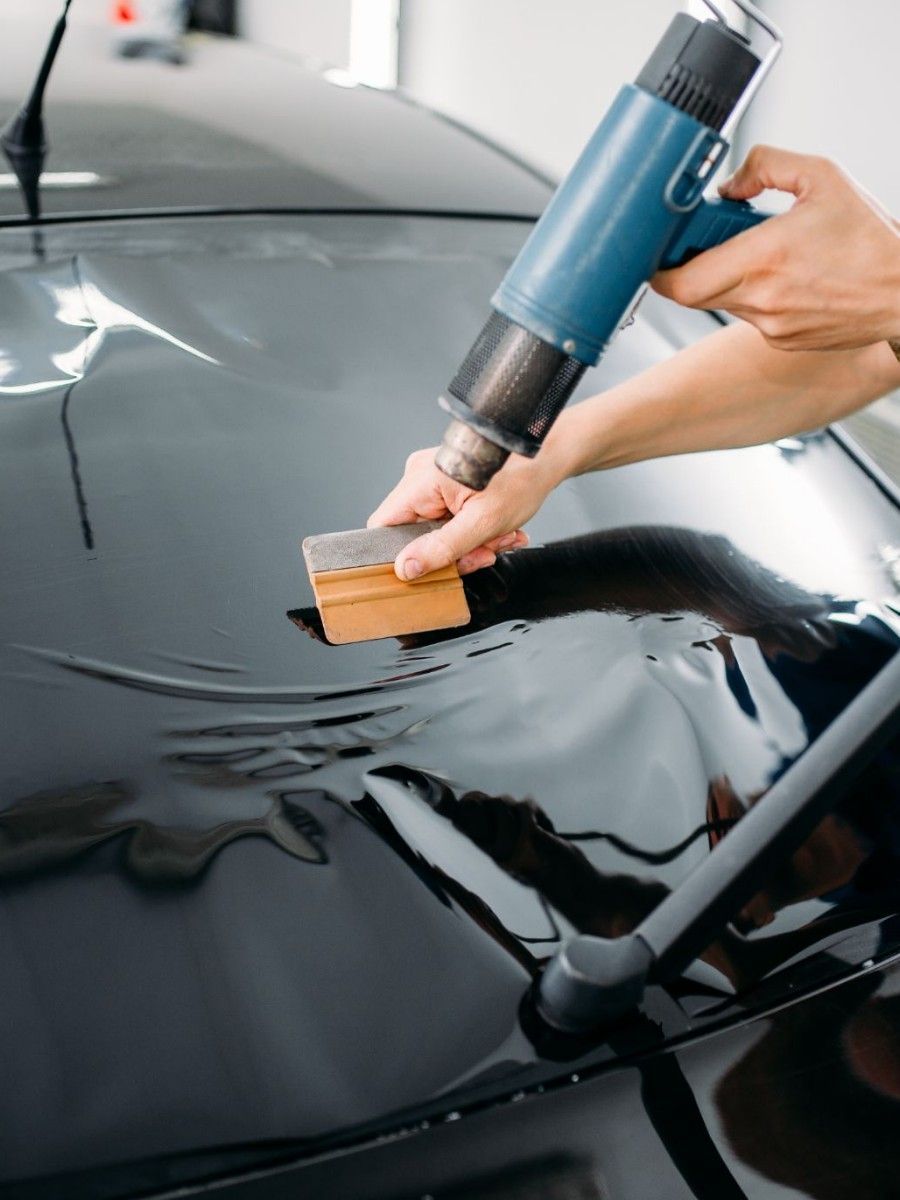Why Used Window Tinting is a Smart Upgrade – 7 Surprising Benefits Revealed
Understanding Window Tinting
What is Window Tinting?
Window tinting involves applying a thin laminate film to a vehicle’s, home's, or office’s glass windows to reduce heat and glare. It’s commonly associated with cars, but it’s also used in residential and commercial buildings.
Originally seen as a luxury or aesthetic modification, window tinting has evolved to become a practical upgrade with multiple real-world benefits. When discussing used window tinting, we're referring to either previously tinted vehicles or recycled tint materials applied anew.
Different Types of Window Tints
Window tints come in several materials, each offering different advantages:
- Dyed Film: The most affordable but least durable.
- Metalized Film: Offers more UV protection but can interfere with signals.
- Ceramic Film: Premium option with excellent heat and UV rejection.
- Carbon Film: Long-lasting and blocks infrared light effectively.
Used window tinting can include any of these, depending on the source and condition of the film.
The Practical Benefits of Window Tinting
Heat and UV Protection
Tinted windows can block up to 99% of the sun’s UV rays. This helps protect your skin, prevents your car interior or home furniture from fading, and keeps the inside cooler—especially in summer.
Used window tinting still retains most of these protective qualities, especially if well-maintained or professionally refurbished.
Glare Reduction
Nothing’s more annoying—or dangerous—than sun glare while driving. Window tinting dramatically reduces glare, improving safety and comfort for drivers and passengers.
Enhanced Privacy
Tinting makes it harder for outsiders to see inside your car or home. It adds a layer of privacy that’s especially valuable in urban areas or when leaving valuables in a vehicle.
Financial and Environmental Advantages
Energy Efficiency
Tinted windows reduce the need for constant air conditioning by naturally cooling your space. This saves on energy bills and reduces the strain on HVAC systems.
Increased Property Value
Homes and vehicles with quality tinting often see a slight increase in resale value. It’s a small touch that can influence buyers looking for comfort and style.
Sustainability Factors
Using recycled materials or opting for used window tinting helps reduce waste and supports environmental sustainability. It’s a responsible choice that aligns with green living.
Safety and Security Enhancements
Shatter Resistance
In the event of an accident or break-in attempt, window tint film can hold glass fragments together, reducing the risk of injury.
Anti-Theft Benefits
Thieves are less likely to break into a car if they can’t easily see what’s inside. Used window tinting offers the same deterrent benefit as new film.
Common Myths About Used Window Tinting
Is Used Tint Ineffective?
Some believe that used tinting doesn’t work as well, but the truth is, if it's in good condition and properly reapplied, it can perform nearly as well as new tint. The key is sourcing it from reputable vendors.
Legal and Insurance Concerns
Another myth is that used tinting is illegal. As long as the tint meets your local regulations (like VLT percentage), it’s perfectly legal. Always check with your local DMV for exact laws.
Why Choose Used Window Tinting?
Cost Benefits
Let’s face it—window tinting isn’t cheap. Opting for used window tinting can significantly reduce costs while still delivering most of the benefits.
Eco-Friendly Choice
Recycling tint films helps reduce landfill waste and the demand for new materials. It’s a smart move for anyone trying to lower their carbon footprint.
Where to Buy Quality Used Tint
You can find quality used tinting through:
- Certified auto shops that recycle parts
- Online marketplaces
- Specialty tinting companies offering refurbished films
Always verify the condition before purchasing.
Professional vs. DIY Installation
Benefits of Professional Services
A professional knows how to handle delicate materials and apply them evenly without bubbles or creases. It’s also more likely to come with a warranty.
Risks of DIY Installations
Doing it yourself may seem cheaper, but poor application can lead to bubbling, peeling, or a reduced lifespan. If you’re going for used window tinting, professional reinstallation ensures it performs optimally.
Maintenance Tips for Used Window Tinting
Cleaning Techniques
Use a soft cloth and ammonia-free cleaner. Avoid abrasive materials that can scratch the film.
How to Extend Tint Lifespan
- Park in the shade
- Use sunshades
- Avoid rolling windows down immediately after installation
With good care, even used tint can last several years.
FAQs About Used Window Tinting
1. Is used window tinting safe for my car windows?
Yes, if sourced from reputable places and properly applied, used tint is just as safe as new.
2. Can I reuse my old window tinting?
Typically, no. But some companies specialize in reconditioning and reselling gently used tint materials.
3. Does used tint fade faster?
Not necessarily. High-quality tint retains its properties even after years of use.
4. How much does used window tinting cost?
Expect to save 30-50% compared to new installations, depending on the type and condition.
5. Will my insurance cover used tint damage?
Some comprehensive plans might. Check your policy or talk to your insurer.
6. Where can I legally use used window tinting?
It’s legal wherever tinting is allowed, as long as it complies with local regulations on light transmission and reflectivity.
Conclusion: A Smart Investment Beyond Aesthetics
Window tinting isn’t just about looking cool—it’s about comfort, safety, savings, and sustainability. And when you choose used window tinting, you’re doubling down on value and environmental responsibility. It's a practical upgrade that pays off in more ways than one.









